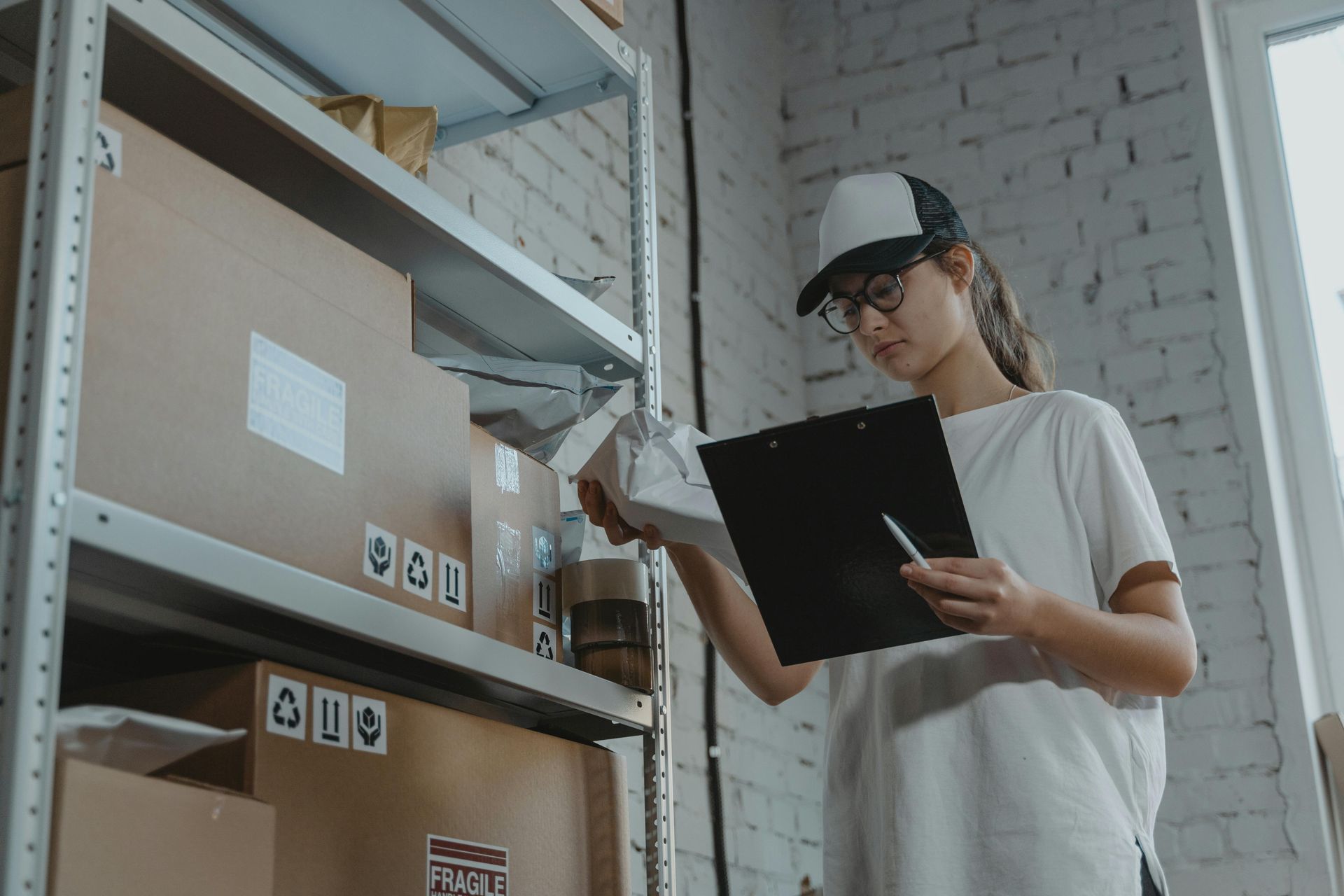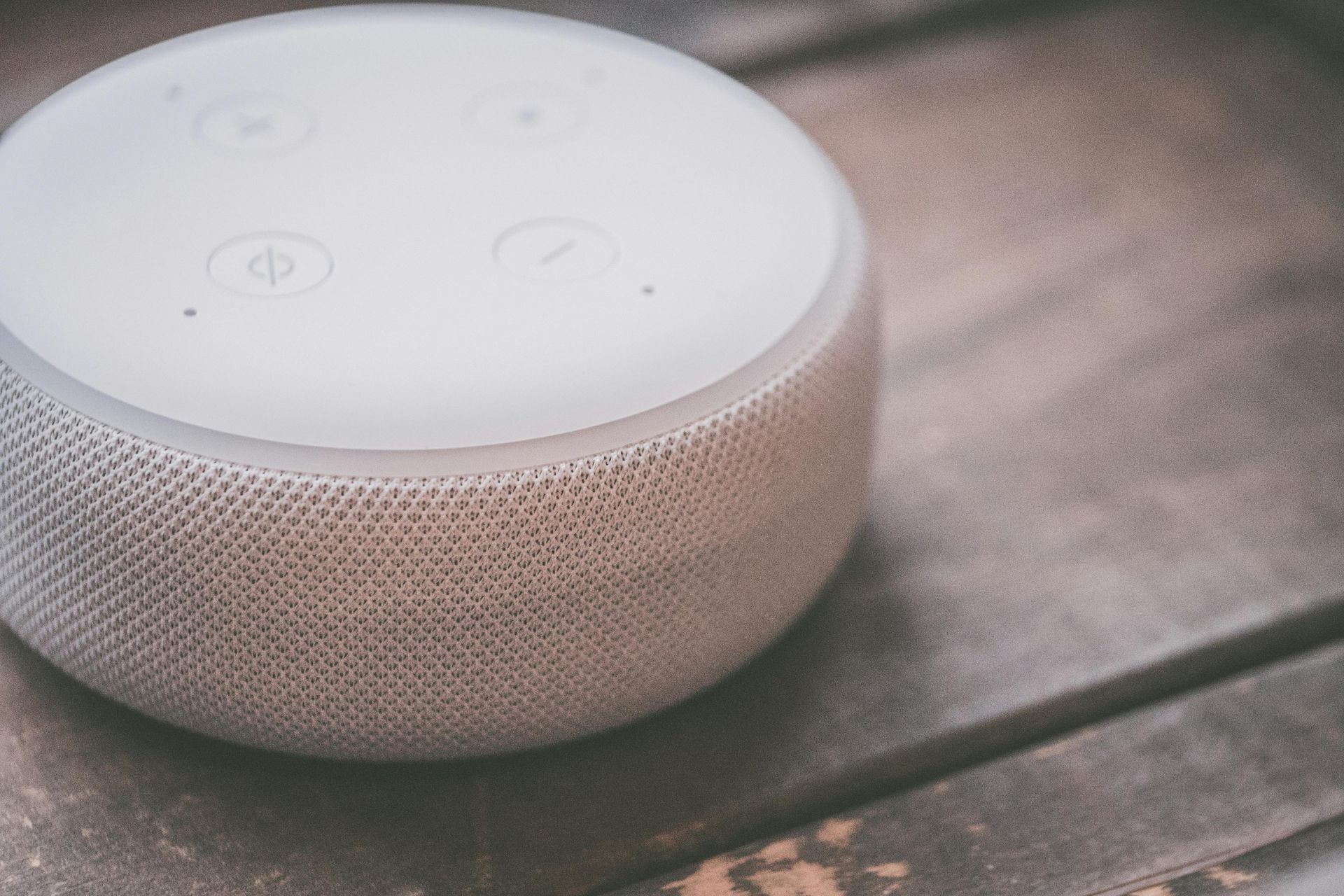Why Sustainable SaaS Companies Should Expand to EMEA Before Series B
Series A Is the Best Time to Stress-Test International Product-Market Fit

The Growth Paradox of Impact-Driven SaaS Sustainable SaaS companies is redefining innovation by combining tech performance with environmental responsibility. But while their solutions often resonate globally, many wait too long to test international waters. Waiting until Series B to expand into Europe or the Middle East might seem safer on paper, but it can delay traction, slow learning, and leave market share on the table.
At GlexScale, we believe that international growth shouldn't be a post-funding afterthought—especially for mission-driven SaaS. Here's why EMEA expansion, done right and partner-first, is not just a strategic move, but a sustainable growth lever.
EMEA Is Evolving Into a Sustainability Powerhouse
With the EU Green Deal, Net Zero 2050 targets, and regulatory frameworks like CSRD and SFDR gaining traction, Europe has become the world's most active regulatory zone for ESG. The Middle East, led by countries like the UAE and Saudi Arabia, is also ramping up investments in green tech and infrastructure.
In parallel, more than €500 billion in public and private capital has been mobilised across Europe through green and ESG-aligned initiatives—including the InvestEU program. Since 2015, this funding has supported thousands of sustainable infrastructure and innovation projects across the region.
At the same time, as ESG regulation tightens across Europe, an increasing number of companies are required to disclose their sustainability performance—creating strong momentum for SaaS platforms that automate compliance, streamline reporting, and align with evolving EU standards (source: European Commission).
This creates a unique window of opportunity for sustainability-focused SaaS platforms, from ESG reporting to reverse logistics and circular economy tools, to meet real and growing demand. But those who enter early will define the benchmarks. Those who wait risk playing catch-up.
Series A Is the Best Time to Stress-Test International Product-Market Fit
At Series A, your product is still evolving. That’s precisely why it’s the ideal moment to test how well it maps to local regulations, buyer personas, and integration environments abroad. Localization isn’t a post-scale exercise, it’s a discovery process.
In our work with Series A clients, we often use a 4-lens model to guide early international discovery:
- Regulatory fit: Does your product comply with national frameworks like CSRD in France or SECR in the UK?
- Persona alignment: Are sustainability, procurement, and IT stakeholders equally addressed in your messaging?
- Integration friction: Can your platform sync with local ERP, HR, or procurement stacks?
- Proof-building: Can you collect credible pilot data to use in future Series B fundraising?
These learnings will compound. Waiting until Series B often means retrofitting a mature product to foreign environments—at higher cost and under investor scrutiny.
Partner-Led GTM Reduces Risk and Accelerates Traction
Expanding doesn’t mean building from scratch. The partner-first model allows lean SaaS teams to grow through already-trusted local players, from implementation consultants and VARs to regional platforms and ESG influencers.
Done right, a partner-led go-to-market strategy can:
- Lower CAC through channel leverage
- Unlock pipeline via embedded trust
- Provide localisation support without full in-house hiring
We call this the Partner-Led PMF Loop: Map → Engage → Enable → Learn → Adapt.
Companies that run this loop even once before Series B tend to:
- Reach revenue milestones 30–50% faster in new markets
- Avoid rework costs linked to poor fit or misaligned messaging
- Build deeper relationships with high-value regional partners
At GlexScale, we’ve seen partner ecosystems cut time-to-first-revenue by 40%+ in new markets, often with fewer than 3 headcounts dedicated to the expansion.
Early-Mover Advantage Still Exists—But Not for Long
In verticals like green building management, ESG data, and circular logistics, demand is real, but competitive saturation is coming. Series B and C players are starting to enter EMEA with localized roadmaps and larger budgets.
Early-stage companies still have a strategic edge if they:
- Move fast into priority countries with partner backing
- Build playbooks adapted to regulatory variation
- Position themselves as first-movers in shaping new standards
And because many ESG and sustainability SaaS companies remain focused on domestic growth pre-Series B, the window for strategic differentiation is now.
Expansion Attracts Better Series B Investors
Showing you can scale beyond your home market, even modestly, is one of the strongest signals you can send to Series B investors. It demonstrates:
- Vision and operational readiness
- Understanding of your Global Total Addressable Market (TAM)
- Early network effects via partnerships
But perhaps more importantly, it de-risks the perception that your go-to-market is overly dependent on a single region or commercial channel. If you can prove even partial international traction, you're showing investors that scale isn't a theoretical outcome, it's already in motion.
Don’t Wait to Go Global.
For sustainable SaaS companies, EMEA isn't a "next phase". It's a living lab for impact, regulation, and tech adoption. Entering early, with the right partners, the right roadmap, and the right mindset, is not only possible. It's preferable.
Because in
global growth,
timing is as strategic as funding. And when it comes to
sustainability,
early movers don’t just win markets. They shape them.
You have questions?



